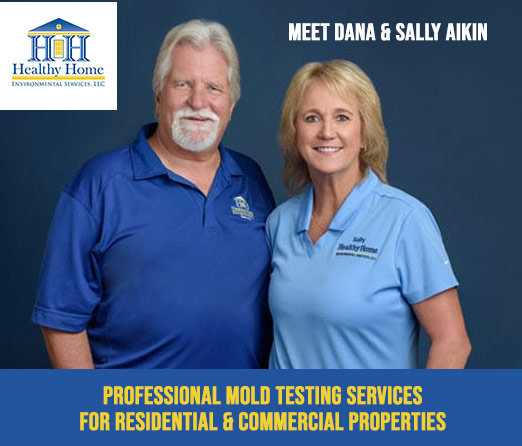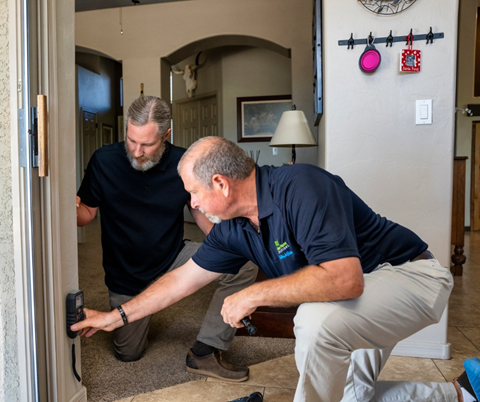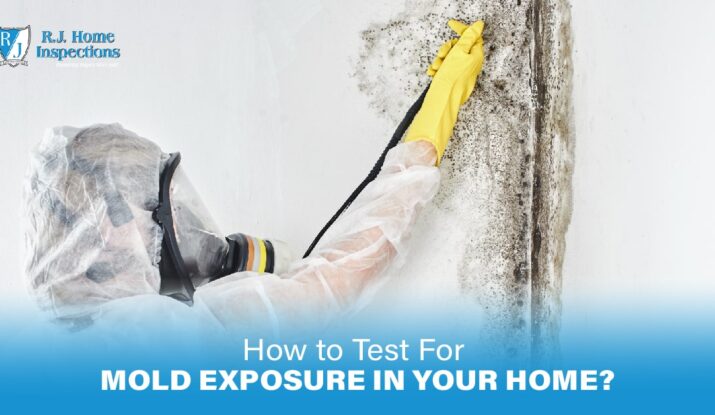Discover the Advantages of Expert Mycotoxin testing Services Today
Discover the Advantages of Expert Mycotoxin testing Services Today
Blog Article
How Mycotoxin Screening Assists Prevent Contamination and Guard Food Supplies

Mycotoxin screening is a crucial practice in the food market, working as a frontline protection versus contamination by damaging contaminants produced by molds. With the application of innovative methods like High-Performance Liquid Chromatography (HPLC) and Liquid Chromatography-Mass Spectrometry (LC-MS), food manufacturers can properly spot and quantify mycotoxin levels in farming products. This proactive strategy not only makes sure compliance with rigorous safety and security policies yet likewise reduces wellness threats to consumers. Moreover, routine testing fortifies brand name credibility and monetary health by minimizing contamination-related occurrences. So, how exactly do these testing protocols incorporate into the wider food safety and security method?
Recognizing Mycotoxins
Understanding mycotoxins begins with recognizing that they are toxic additional metabolites generated by certain molds, which can infect farming items. These metabolites are not crucial for the development or reproduction of the fungis yet can have serious effects for animal and human wellness. Mycotoxins are frequently found in staple crops such as corn, wheat, barley, and nuts, where they can multiply under specific conditions of wetness and temperature level.
There are numerous kinds of mycotoxins, each produced by different fungal types. Aflatoxins, created by Aspergillus types, are among one of the most well-known, known for their cancer causing homes. One more considerable group consists of ochratoxins, created by Aspergillus and Penicillium species, which have nephrotoxic effects. Fusarium types produce trichothecenes and fumonisins, both of which are related to different acute and persistent health and wellness issues.

Threats of Mycotoxin Contamination
The threats of mycotoxin contamination are complex, posturing considerable risks to both food safety and public wellness. Mycotoxins, poisonous substances produced by particular kinds of fungis, can pollute a variety of farming items including cereals, nuts, seasonings, dried out fruits, and coffee. When these toxins penetrate the food supply, they can cause major wellness problems such as liver damage, kidney failure, and also cancer. At risk populations, consisting of kids, the elderly, and immunocompromised people, are especially at risk.
Economic effects are an additional major problem. Contaminated plants can result in significant monetary losses for farmers and food manufacturers due to decreased returns and the need for expensive purification procedures. Additionally, worldwide profession can be substantially prevented as countries impose rigorous mycotoxin regulations to safeguard their populaces, bring about turned down deliveries and strained trade connections.
Ecological aspects such as environment adjustment exacerbate the risk of mycotoxin contamination. Variations in temperature and humidity can produce favorable problems for fungal development, raising the likelihood of contamination occasions. Hence, understanding and alleviating these risks are essential for making sure the safety and integrity of global food supplies.
Methods of Mycotoxin Testing
Properly recognizing mycotoxin contamination in farming products is necessary for securing public wellness and preserving food security standards. Various approaches are used to find and measure mycotoxins, each offering particular benefits and constraints.
High-Performance Liquid Chromatography (HPLC) is a widely used approach because of its high sensitivity and precision. It entails dividing mycotoxins from other substances in a sample, enabling accurate quantification. Fluid Chromatography-Mass Spectrometry (LC-MS) combines fluid chromatography with mass spectrometry to offer comprehensive molecular details, making it especially useful for recognizing multiple mycotoxins all at once.

Gas Chromatography-Mass Spectrometry (GC-MS) and Thin-Layer Chromatography (TENDER LOVING CARE) are additionally utilized, each with special applications. GC-MS works for volatile mycotoxins, while tender loving care supplies a less complex, economical option for preliminary screening.
Advantages of Routine Evaluating
Regular screening for mycotoxins in agricultural items uses many benefits, significantly adding to public wellness and food security. By identifying contamination early, regular screening assists avoid the distribution of hazardous foods, thus decreasing the threat of mycotoxin-related ailments amongst consumers. This aggressive method not only safeguards human health and wellness however also enhances the general high quality of food supplies.
Regular testing additionally supports regulatory conformity. Different nations and areas have developed rigid limits for mycotoxin degrees in food and feed. Abiding by these restrictions through normal testing makes certain that suppliers and manufacturers satisfy legal criteria, consequently avoiding charges and trade barriers. Maintaining conformity fosters consumer trust fund and click resources brand track record, which are critical for market success.
Furthermore, routine mycotoxin screening can bring about significant economic benefits. Early detection of contamination permits prompt treatment, lowering potential losses from widespread contamination. Carrying out routine screening procedures can additionally decrease recall prices and related liabilities, which can be monetarily ruining.
Additionally, regular testing supplies beneficial information that can educate far better farming techniques and storage conditions. By recognizing patterns of contamination, manufacturers can take on safety nets, thereby decreasing future threats and adding to the sustainability of the food supply chain.
Applying Examining Methods
Carrying out efficient mycotoxin testing methods is critical for ensuring the safety and security and high quality of agricultural items. Establishing a robust screening structure involves numerous vital steps, starting with the recognition of prospective contamination factors within the production and supply chain. This consists of pre-harvest, post-harvest, storage, and distribution stages. Each stage should be scrutinized to pinpoint where mycotoxin contamination is more than likely to happen.
When crucial control factors are determined, choosing ideal screening methods is crucial. Usual methods include enzyme-linked immunosorbent assay (ELISA), high-performance fluid chromatography (HPLC), and mass spectrometry (MS) Each method has its toughness and weaknesses; hence, choosing the proper one depends upon the particular mycotoxin being tested, the called for level of sensitivity, and available sources.

Finally, integrating the screening protocols right into a detailed food security administration system is advisable. This enhances traceability and makes it possible for quick corrective actions when contamination is detected, consequently protecting the honesty of the food supply chain.
Conclusion
Mycotoxin screening is important in avoiding contamination and guarding food materials by making it possible for early discovery of harmful toxic substances generated by molds in agricultural items. Advanced methods such as HPLC and LC-MS guarantee conformity with safety policies and shield customers from wellness risks. Routine screening boosts brand track record, economic security, and count on food safety by lessening contamination-related losses and keeping high standards in food production. Carrying out strenuous testing protocols is thus imperative for the industry's overall wellness.
Mycotoxin testing is an essential method in the food industry, serving as a frontline protection versus contamination by harmful toxins generated by mold and mildews. An incorporated technique involving agricultural methods, storage management, and routine screening can minimize the risks connected with mycotoxin contamination, guaranteeing food security and public health and wellness.
The dangers of mycotoxin contamination are complex, posing substantial risks to both food safety and security and public health.Regular go to my site testing for mycotoxins in agricultural products uses countless benefits, dramatically contributing to public health and wellness and food safety.Mycotoxin screening is essential in preventing contamination and protecting food supplies by allowing early discovery of damaging toxins generated by molds in farming products.
Report this page